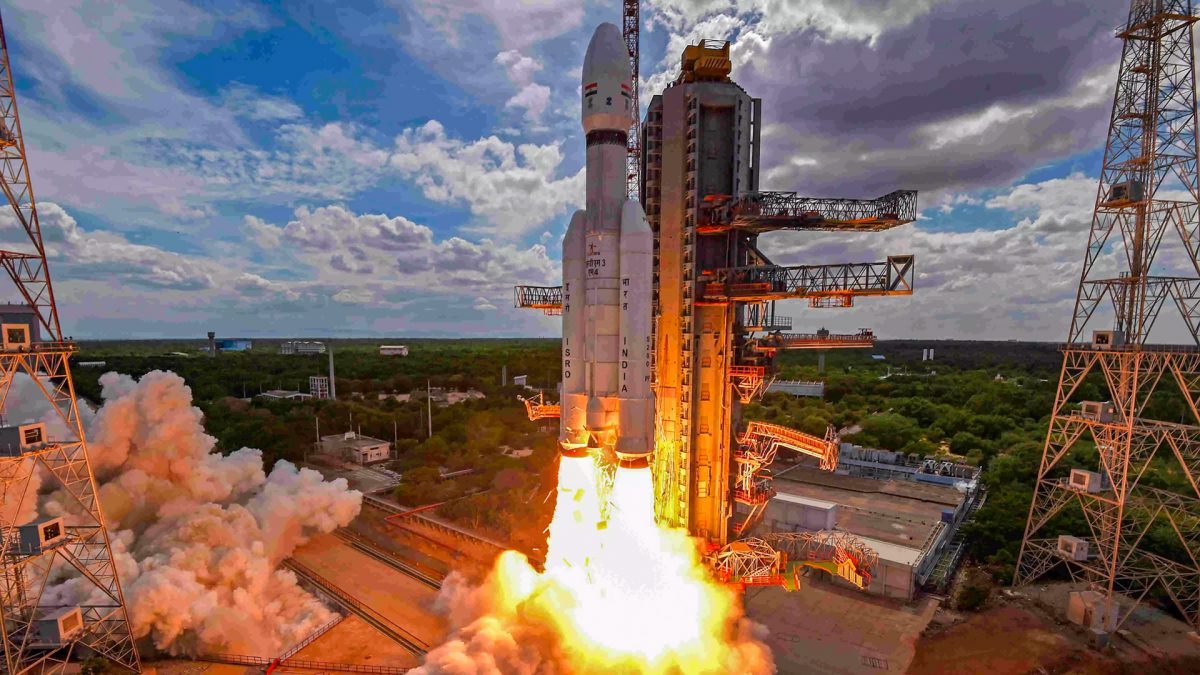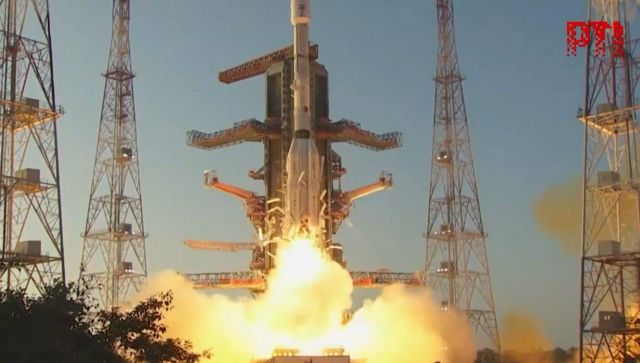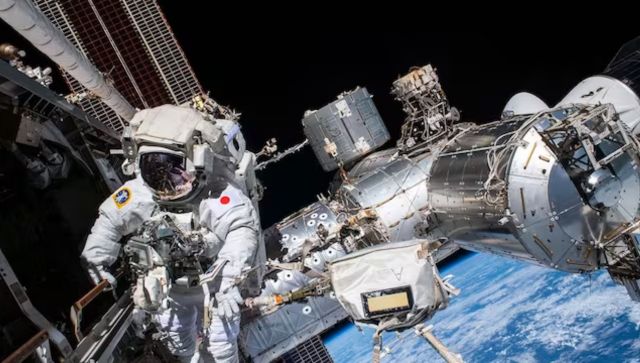The Indian Space Research Organisation’s (ISRO) newly developed Small Satellite Launch Vehicle (SSLV) will take its maiden flight on 7 August from Sriharikota’s Satish Dhawan Space Centre in Andhra Pradesh.
The launch of the SSLV-D1/EOS-02 Mission is scheduled for Sunday, August 7, 2022, at 9:18 am (IST) from Satish Dhawan Space Centre (SDSC), Sriharikota. ISRO invites citizens to the Launch View Gallery at SDSC to witness the launch. Registration is open at https://t.co/J9jd8yDs4a pic.twitter.com/rq37VfSfXu
— ISRO (@isro) August 1, 2022
According to ANI, the ground testing of the newly developed solid booster stage (SS1) for SSLV was carried out on 14 March, 2022 and all the propulsion parameters during the test were found satisfactory and were matching with the predictions.
What is SSLV?
The Small Satellite Launch Vehicle (SSLV) is India’s smallest launch vehicle, weighing 110 tonnes. As the name suggests, it is a smaller launch vehicle compared to the more common PSLV.
Even though both are used to launch satellites into Low Earth Orbit, the technical configurations make them different from each other.
According to India Today, while the PSLV is 44 meters in height, SSLV tops at 34 meters. The newly developed rocket has been configured with three solid stages the 87 t, 7.7 t, and 4.5 t respectively, as against the PSLV, which is a four-stage rocket that generates 4800 kN thrust in the first stage, 799 kN in the second, 240 kN in the third and 15 kN in fourth.
The SSLV has been designed to carry objects ranging up to 500 kilograms to a 500-kilometer planar orbit. For its current mission, the vehicle will carry a 135 kg Earth Observation Satellite called Microsat 2A or EOS-02 into low earth orbit of about 350 km.
According to ISRO, SSLV has a diameter of 2.1 metres and the liftoff mass of the launch vehicle is approximately 120 tonnes.
It will also carry the AzadiSat satellite to low earth orbit. According to reports, the eight-kilogram CubeSat, developed by 750 girls, carries 75 different payloads, each weighing around 50 grams, that will conduct femto-experiments.
The SSLV is a low cost vehicle due to its low turnaround time, minimal launch infrastructure requirements, and increased production rate from industries.
Former ISRO chairman K Sivan in 2019 said, “only six people will be required to do the job, instead of 60 people. The entire job will be done in a very short time and the cost will be only around Rs 30 crore. It will be an on-demand vehicle.”
Why do we need SSLV?
With a growing market for the global launch services for small satellites, ISRO’s SSLV would make for an attractive option due to its low cost, ability to launch on demand, and capacity of carrying multiple loads.
Operating SSLV on smaller and more commercial missions will free up the massively used Polar Satellite Launch Vehicle (PSLV) for bigger missions to space.
The PSLV has successfully conducted over 50 missions depositing not just domestic but also customer satellites into Low Earth Orbit (LEO). With inputs from agencies
Read all the Latest News , Trending News , Cricket News , Bollywood News , India News and Entertainment News here. Follow us on Facebook , Twitter and Instagram .


)




)
)
)
)
)
)
)
)